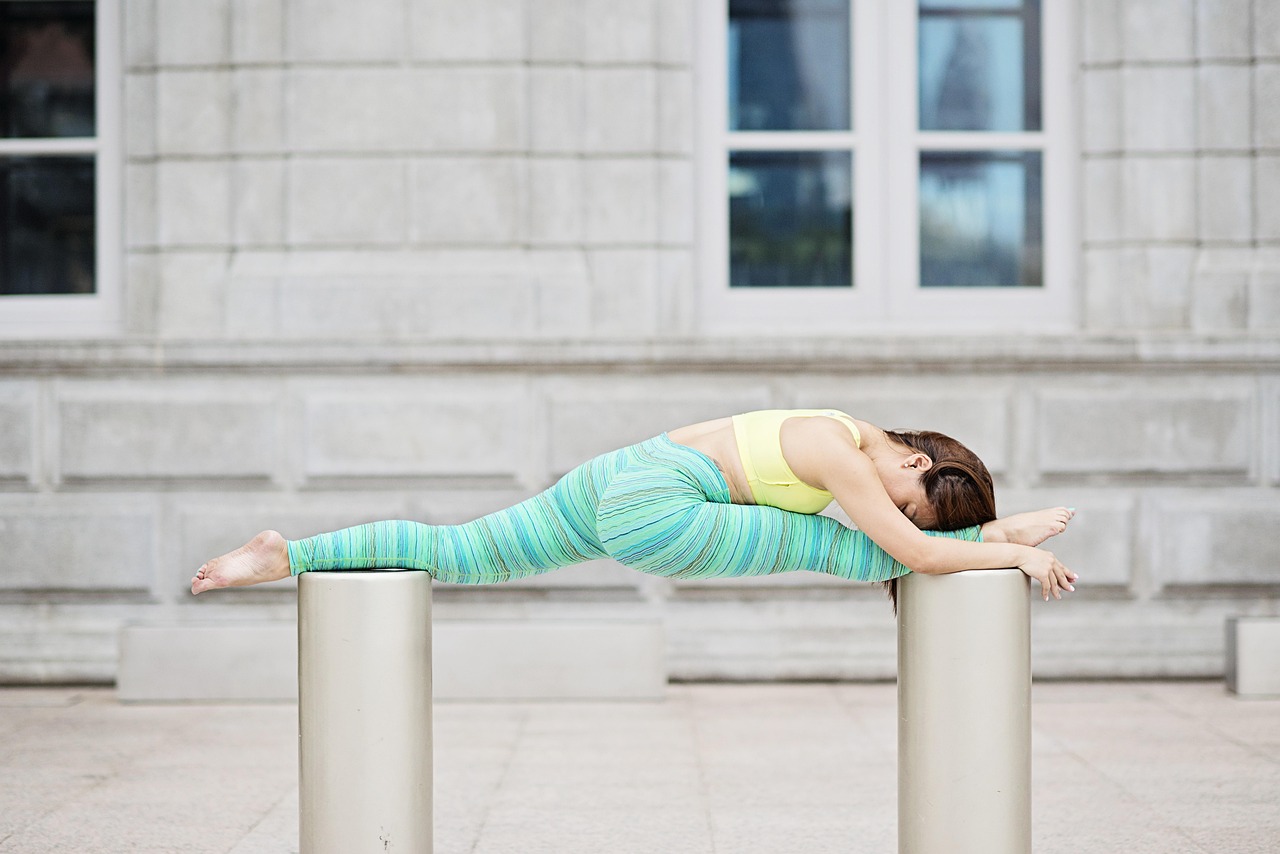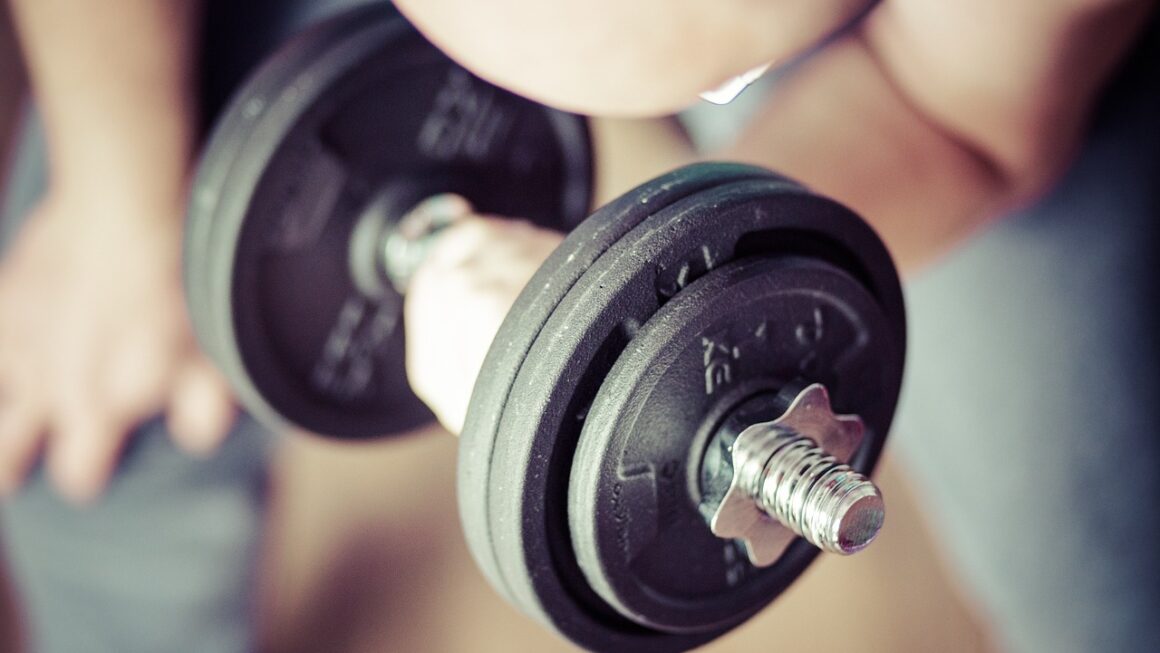Warming up is an essential aspect of any exercise regimen or physical activity. Many people overlook this critical step, focusing only on the workouts themselves. However, a proper warm-up can significantly impact your performance, reduce the risk of injury, and enhance overall physical readiness. In this blog post, we will explore the various benefits of warming up, the appropriate techniques for different activities, and practical tips to incorporate into your routine to ensure you are prepared and primed for action.
Why Is Warming Up Important?
Starting with a well-structured warm-up can set the stage for an effective workout. Here’s why you should prioritize this step:
Enhances Performance
A proper warm-up increases blood flow to the muscles, improves elasticity, and boosts flexibility. This, in turn, can lead to:
- Increased strength during your workout
- Improved speed and endurance
- Better coordination and joint stability
Reduces Risk of Injury
Jumping straight into vigorous activity can strain your muscles and ligaments. A warm-up:
- Prepares your heart and lungs for exercise
- Gradually increases muscle temperature
- Increases range of motion around joints
Mental Preparation
Warming up is not just about the body; it also prepares your mind. Taking a few minutes to transition from a sedentary state to an active state allows you to:
- Focus on the workout ahead
- Set personal goals and intentions
Types of Warm-Ups
There are primarily two types of warm-ups: dynamic and static. Each serves a purpose and is applicable in different scenarios.
Dynamic Warm-Ups
Dynamic warm-ups involve movement and are best suited for preparing the body for activity. They include:
- Leg swings
- Arm circles
- High knees
- Butt kicks
Example Routine:
- Start with a gentle jog for 5 minutes.
- Incorporate dynamic stretches, such as lunges with a twist and side leg swings, for 5-10 minutes.
Static Warm-Ups
Static warm-ups are less common before high-intensity workouts but are beneficial for cooling down or increasing flexibility. They include:
- Holding a quad stretch for 20-30 seconds
- Calf stretches against a wall
Consider using static stretches after your workout to maintain flexibility and reduce muscle tightness.
Warm-Up Techniques for Different Activities
Different activities require tailored warm-up techniques. Here are guidelines based on specific exercises or sports:
Strength Training
- Begin with compound movements like squats or bench presses using lighter weights.
- Progressively increase the weight as you warm up the involved muscles.
Cardio Workouts
- Start with 5-10 minutes of light jogging or brisk walking.
- Incorporate dynamic stretches to activate your leg muscles.
Sports and Agility Training
- Include movements relevant to the sport, like lateral shuffles for basketball.
- Perform skills drills that mimic game scenarios.
Common Mistakes to Avoid in Warming Up
Even though warming up is essential, many individuals still make mistakes that can negate its benefits. Here’s what to avoid:
- Skipping the warm-up: It’s tempting, especially if you’re short on time.
- Rushing the warm-up: Take your time to ensure your body is properly prepared.
- Focusing only on one muscle group: Ensure you engage all major muscle groups.
Conclusion
Warming up is a crucial component of any effective exercise routine, significantly impacting performance and injury prevention. By understanding the importance of proper warm-up techniques and avoiding common pitfalls, you can optimize your workouts and enjoy a more productive, pain-free experience. Remember to build a warm-up routine that suits your specific activities, and never underestimate the power of starting your workout right. Prioritizing those precious minutes can make all the difference in achieving your fitness goals.




